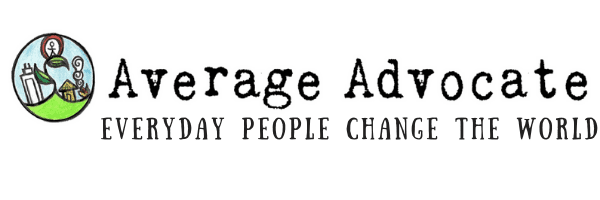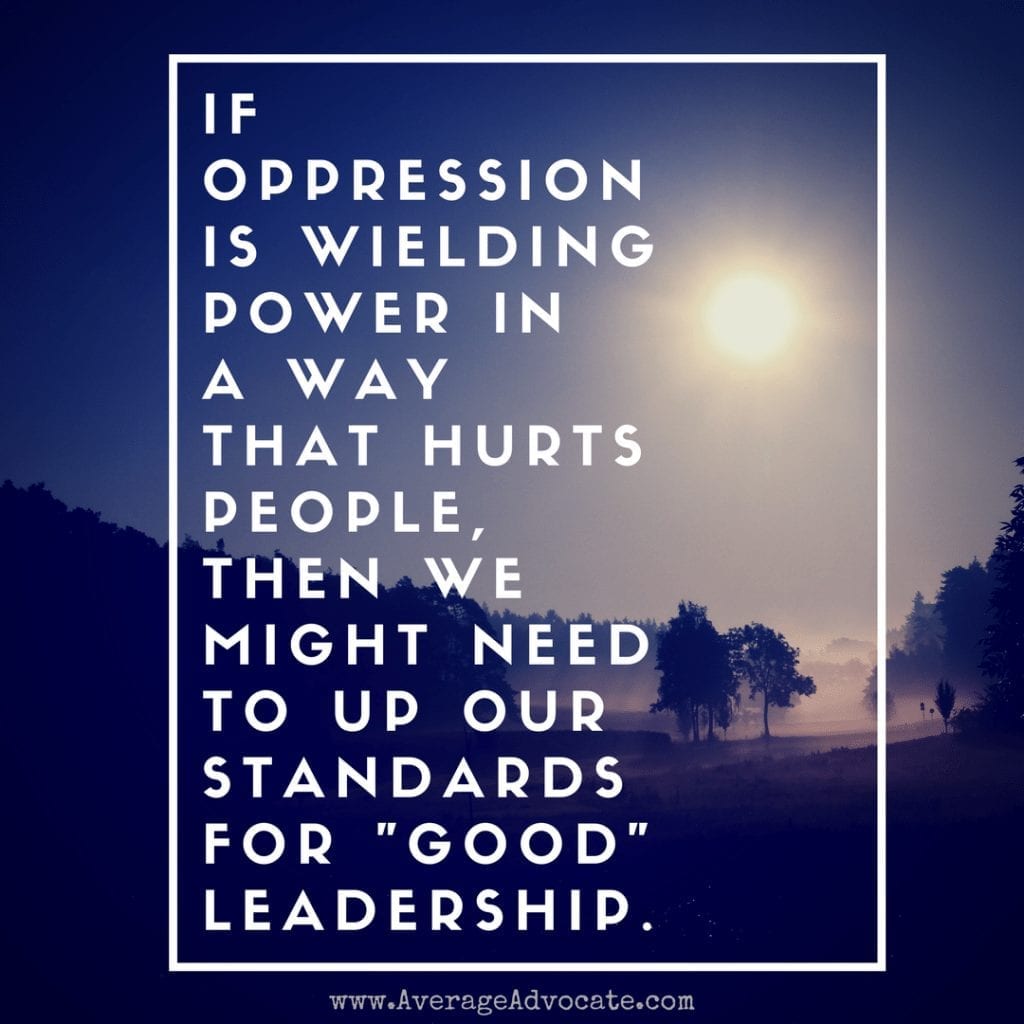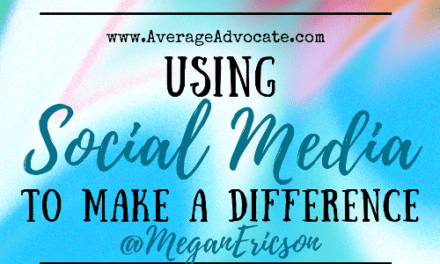Once upon a time I taught a kids art class. That is, until I discovered I had a bad boss. Maybe she appeared nice to some, but for us under her leadership it didn’t bode well. You see, she didn’t use her authority to empower us to do our jobs well, but she misused us and treated us like crap to help herself feel on top of her game.
What is “Poor” Leadership Really?
I encouraged the employer to learn about their top manager before this individual hurt their company, but they didn’t believe me. Not uncharacteristically, of the employees, I am pretty sure I was the only person who talked to the owner about her although we were all aware of the problem. It was a hard decision, but I ended up quitting the job before my on-the-site training was completed (and therefore never got paid for my hours of work).
It seems it isn’t uncommon to find poor managers–people without integrity, who are corrupt, and live unjustly. We might consider those “extreme” terms–reserved for really bad situations, like human trafficking, or a tyrannical government.
I mean, I am guilty for using people I’ve led for my own gain. Poor leadership isn’t on the category of evil, is it?
If the definition of oppression is wielding power in a way that hurts people (which it is), then we might need to up our standards for what good, just leadership looks like.
Living Justly Also Means Setting Clear Expectations
Besides “poor” (or oppressive) leadership, here is another surprising way leadership can be unjust: ambiguity in expectations (and the accusations that flow from that).
Often in the nonprofit world or ministry, we don’t embrace policy & procedure, in favor of whom we deem “good” people. This hurts our volunteers & leaders, as problems must always be about “them” and are therefore always personal. Alternatively, clearly setting expectations and creating avenues to move people into new positions when the another role isn’t working can really help volunteers succeed. Why? Often character isn’t the problem, it is the job fit.
But we unjustly accuse the person under our leadership of a character flaw, when maybe they are just living up to what our poor leadership expects of them through a lack of clarity and coaching.
This lack of policy and procedure can sorely hold back orgs, and keep their people from to growing into world changers.
Choosing Good Representation is Required For Just Leadership
Even so, we still need good people under us! Too often we let our integrity slip. When hiring, managing, and living life with people we influence, sometimes we aren’t intentional about who we choose to represent us (like the owner of the children’s art class company I briefly worked for). We might need policy to set role expectations, but we also must be clear about what character traits we are looking to cultivate in those representing us.
Don’t choose the bottom line over character; don’t choose the number filling the seats over sincere love.
To be a leader who lives justly, take some time to reflect on whether you are giving clear enough expectations, whether you are choosing people to represent you with good character, and whether you yourself are using your power to empower or for your own self-interests.
What Do You Still Have To Work With When You Are Under Poor Leadership?
What should we do if we are being led, though? Especially if we are under a corrupt authority?
The first thing to remember is that we still often have a lot more choice than we realize. I know I talked about the Circle of Influence in this post about Syria, but it holds true here, too. There is usually a lot more in our hands to work with than we realize (Circle of Influence). However, it can feel drowned out by our focus on our worries, concerns, uncontrollables and negatives (Circle of Concern).
In other words, more often than not, we still have a choice. We might not be able to have our cake and eat it, but we can decide between those two things. We can either choose to change our situation (like moving or quitting) or be part of the solution (advocating or coaching from below).
Complaining and griping doesn’t do a thing for us.
First Things First: Talking
Changing the situation is what I always recommend trying first, and is usually the best option. Especially as there are often avenues to do this, like actually communicating there is even a problem in the first place!
I tried to do this with the owner of the kids art company. Although the employer decided it was too difficult to look at how his top manager was leading the other employees, I at least attempted to communicate with him.
Here is another example–after an election, people usually feel like their opportunity to speak has been shut down. However, in my limited experience, I’ve discovered that many governement representatives actually want to hear our opinions. Government is a hard thing to change, but I’ve been part of passing countless anti-trafficking laws simply because I joined others who decided to try.
We don’t have the right to complain about leadership (including government) until we’ve done all in our power to communicate respectfully.
Building Trust to Coach From Below
Honestly, often leadership is completely unaware of the problems that plague you–or maybe if they are, they are too overwhelmed with everything else to prioritize it. This is when you have a lot of opportunity to coach from below.
You will still have to be brave and speak up, often many times over many years. Once they become aware, they can be open to–even if warily–change. But proves you are trustworthy, are willing to serve, and walk in humility, and often you can be an internal agent of change.
What Is It Worth?
Or, we can count the costs. Should we forgo the money, connections, rights, benefits, relationships and be done with it? Quitting, moving, opting out? Sometimes this is the option we must take in order for realization to strike that we are serious about living justly, but at what cost?

I once quit teaching art to leave a corrupt, unchanging environment.
But recently, I started teaching art again as I tutor in my kids Classical Conversations school. Not surprisingly, just as in every organization, there has been some tension. There were some policies that needed adjustment, and there was division over it.
However, this time the solution was not to leave, though I briefly considered the cost of that. Instead, seeking unity and the greater good (and praying about each step), internal change happened.
This isn’t the first time I’ve seen things change on the inside with this demeanor. In fact, more often than not, I think it can easily take years, even a decade, to have things change when you are working from within.
Ever experienced something similar?
Now I love teaching art AND especially influencing positive change to live justly.












